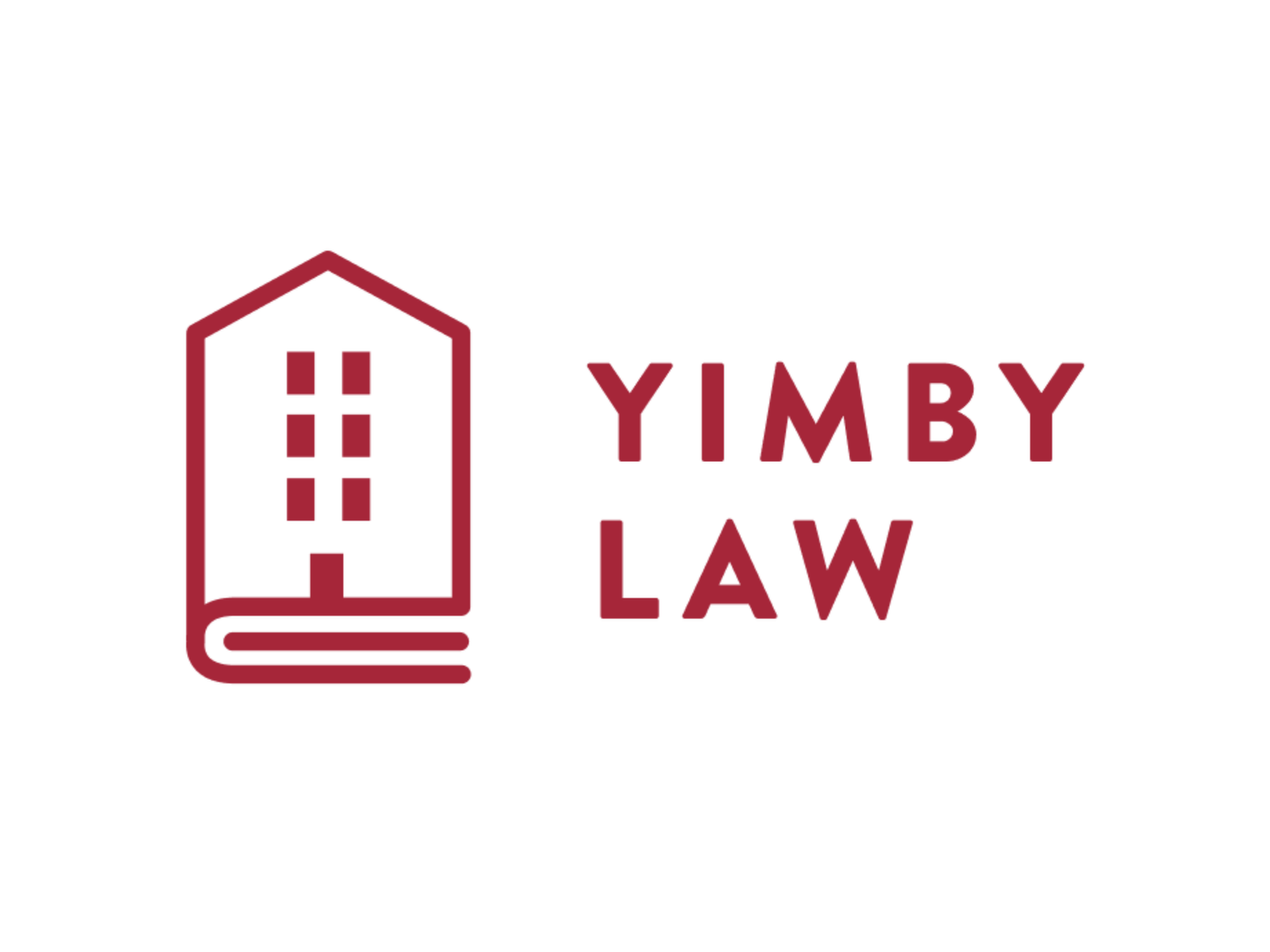🚜 Like a growing California city, this site is under construction. 🚜
What is the Builder’s Remedy?
In California, if a city does not plan for the number of homes required by the state, the city has to approve any housing project as long as at least 20% of the homes are low-income or 100% of them are moderate-income.
Specifically, if a California city does not have a “substantially compliant” housing element, the California Housing Accountability Act indicates that the jurisdiction cannot use its zoning or general plan standards to disapprove any housing project that meets the affordability requirements.
Video resources:
YIMBY Law & Home3 presentation ft. Daniel Golub & Ryan Leaderman, Esqs.
YIMBY Law & Home3 presentation featuring Bryan Wenter, Esq.
People for Housing OC presentation featuring Ken Stahl, Esq.
Interview with Dave Rand, Santa Monica Builders Remedy Attorney
How do I use it?
It all starts with an SB 330 preliminary application. This locks in the “ordinances, policies, and standards [including builder’s remedy availability] … in effect” at the time you submit. (Gov. Code § 65589.5, subd. (o).) You are still responsible for submitting a full application within 180 days of your preliminary application, and timely responding to the city’s input.
If your city does not have a compliant housing element, (check status here) put in an SB 330 project application while the city is out of compliance. Here is what you will need:
Standard SB 330 application. Many cities have their own applications, but they all collect the same information.
Include a letter with your application that explains that you are aware this is a Builder’s Remedy project. Here is a sample letter, from us, that you can adapt.
Submit information about your project to us here. Make sure to indicate that it is a Builder’s Remedy project, and we will also send a letter to the city, basically the same as your letter, letting the city know that we are tracking their processing of your project.
Where the Builder’s Remedy Will (or May) Apply
On “Self-Certification”
For the purposes of this page, we only report a housing element as compliant once it has been certified by HCD.
For a period of time, there was legal ambiguity as to whether cities could “self certify” their housing elements — that is, to declare their housing element compliant with state law and adopt it — irrespective of HCD’s certification findings. If you’re interested in the nuances of this, check out this explainer from our law journal. In short, YIMBY Law’s position is that “self certification” is a legal fiction. Cities possess no discretion over SB 330 projects until the state—whether HCD or a court—finds their housing element compliant.
Cities are free to make findings contrary to HCD’s decision, and even adopt a non-compliant housing element. However, the courts ultimately possess the final word on whether or not a housing element complies with state law. Short of a court judgement to the contrary, HCD’s decisions regarding a particular housing element are effectively binding.
Since writing our explainer, courts have agreed with us. In a big case from March 2024, the Los Angeles Superior Court sided with the developer of a Builder’s Remedy project against the city of La Canada. Other lower courts have similarly struck down “self certified” elements. Now, that precedent could still be modified by subsequent decisions of a higher court. But for the purposes of the Builder’s Remedy, you should know that the legal basis for these cities’ compliance is dubious at best until HCD or a court concurs.
More Builder’s Remedy Material
One Trick to Bypass Single Family Zoning webinar w/Bryan Wenter, HAA/CEQA Attorney
Letters from HCD regarding the application of the builders remedy:
CEQA Exemptions (ALWAYS consult a CEQA attorney)
Consistent with the Regional Transportation Plan & Sustainable Communities Strategy (RTP/SCS) and within a half-mile of a major transit stop and is 200 units or less get a CEQA exemption
San Jose: https://www.sjcog.org/275/RTP-Sustainable-Communities-Strategy
Southern California Association of Governments flowcharts
Projects that are 6 units or less get a CEQA Exemption
Who is already using it?
Funding is available.
We can connect you to investors who want to fund Builders Remedy projects. Please fill out our form, and also email sonja@yimbylaw.org.

